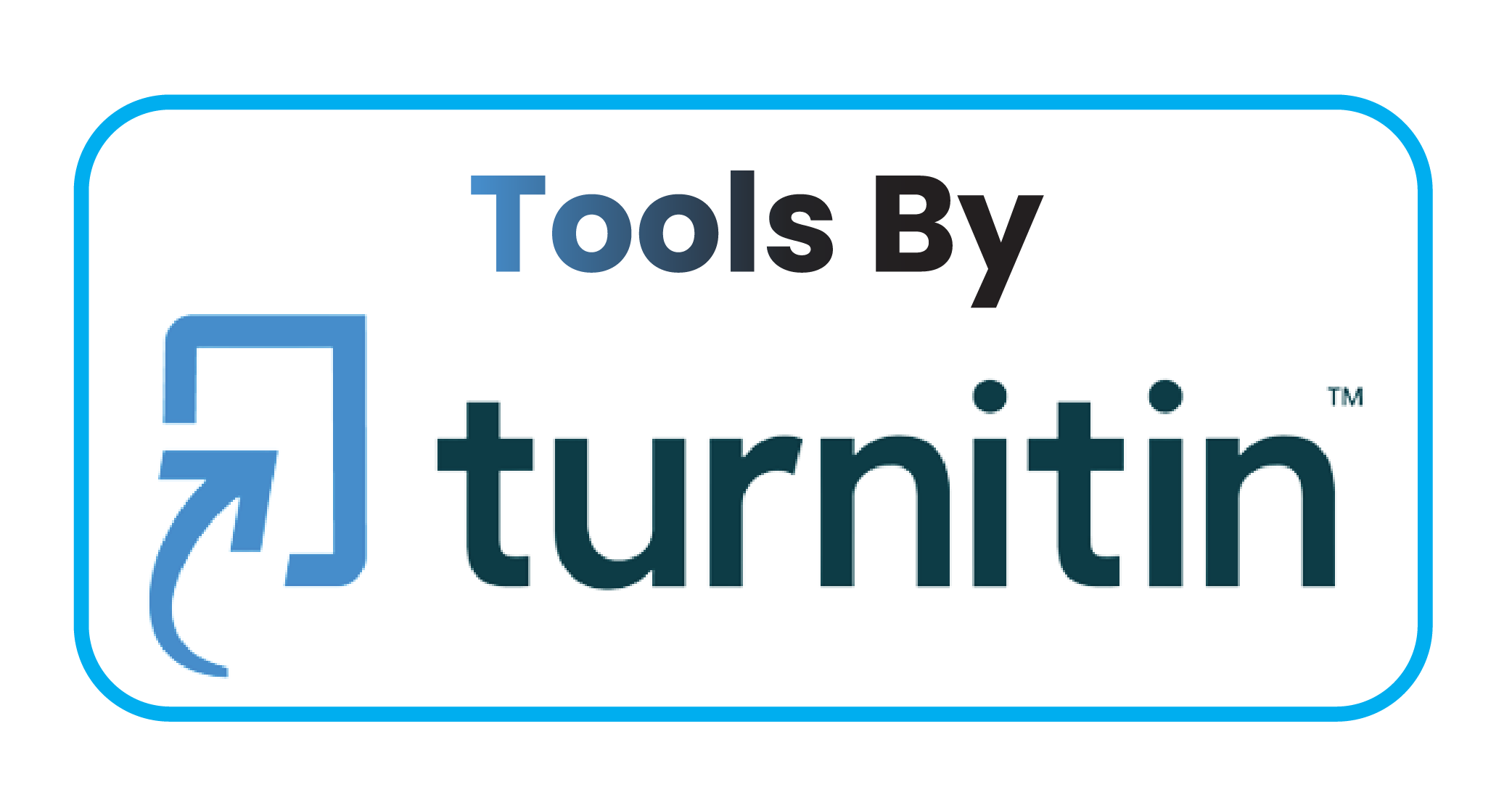Diversion and Restorative Justice for Children Facing the Law
DOI:
https://doi.org/10.59888/ajosh.v3i11.606Keywords:
Diversion, Restorative, Children in Conflict with the Law Send feedbackAbstract
This research analyzes the implementation of diversion through a restorative justice approach in the handling of children facing the law (ABH) in the jurisdiction of the Bali Police. Using normative legal research methods with a qualitative approach, this study examines the effectiveness of the diversion mechanism based on Law Number 11 of 2012 concerning the Juvenile Criminal Justice System. The results of the study show that the implementation of diversion in the Bali Police has succeeded in reducing the burden of cases in court while creating a more humane settlement. However, several obstacles were found such as limited understanding of the apparatus, inadequate support facilities, and public resistance to the concept of diversion. This study also identifies opportunities for the integration of Balinese local wisdom values in the mediation process. The implications of this study include three main aspects: (1) policy - the need to improve the technical guidelines of diversion, (2) practice - the importance of building the capacity of mediators, and (3) academic - contribution to the development of diversion models based on local culture. The findings of this study are expected to be a reference for the development of a more effective and fair juvenile criminal justice system.
Downloads
Published
Issue
Section
License
Copyright (c) 2025 I Wayan Awe Ditya Priyana, Ni Ketut Wiratny, Kadek Dedy Suryana

This work is licensed under a Creative Commons Attribution-ShareAlike 4.0 International License.
Authors who publish with this journal agree to the following terms:
- Authors retain copyright and grant the journal right of first publication with the work simultaneously licensed under a Creative Commons Attribution-ShareAlike 4.0 International. that allows others to share the work with an acknowledgement of the work's authorship and initial publication in this journal.
- Authors are able to enter into separate, additional contractual arrangements for the non-exclusive distribution of the journal's published version of the work (e.g., post it to an institutional repository or publish it in a book), with an acknowledgement of its initial publication in this journal.
- Authors are permitted and encouraged to post their work online (e.g., in institutional repositories or on their website) prior to and during the submission process, as it can lead to productive exchanges, as well as earlier and greater citation of published work.










